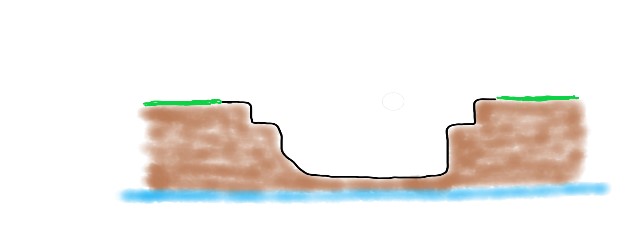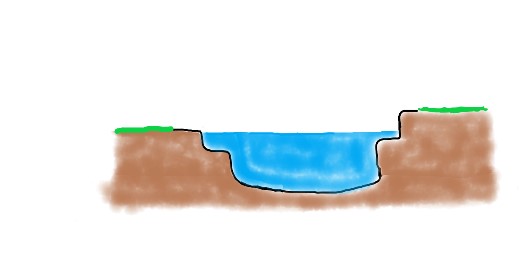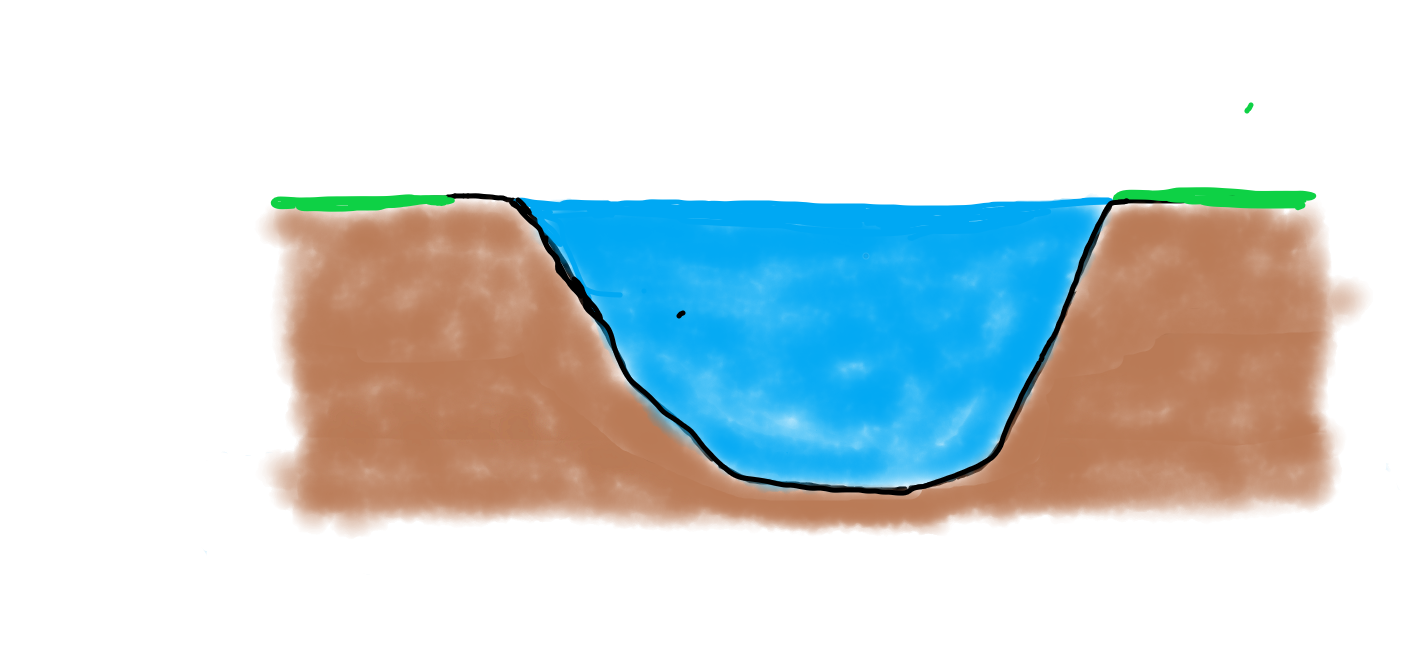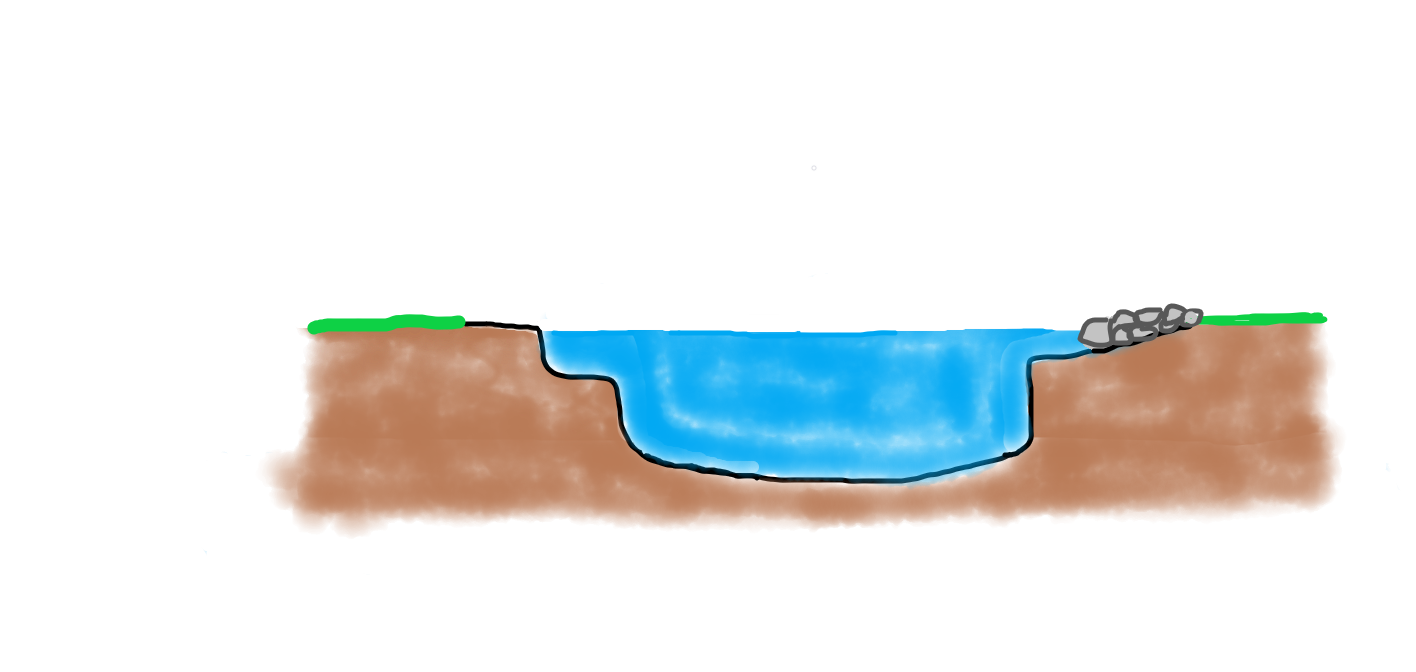Location, location, location!
When planning on building a pond, think about the water table. Most people today build their pond using a plastic or rubber liner. Beware though, build a pond where the water table level can rise to above the bottom your pond and you are heading for disaster!

As the liner balloons up, it will disturb your plants by tipping over any baskets and spilling the contents. You may not notice that your water lilies are now all over the place, until they struggle to get growing next season.
When the water level reduces and your pond settles back into place, the damage is done. There will be additional folds and ridges under the liner. These offer perfect spaces for tiny visitors, especially mice, who may well chew through the liner.
Be level headed
It really is worth spending the time to get your levels right when building a pond. It might sound obvious but plenty of people cut this corner. The last thing you want is for meters of liner to be exposed at one end of the pond when the water is at surface level at the other end. This looks unsightly and there is no easy solution for covering up the exposed rubber.

A useful tip is to include an overflow in your design. This allows you to plan precisely the level of the surface of the water. But don’t leave it until later to consider. You may have to run a pipe underground to a lower level, to get rid of the excess water. So make this part of the design and build stages when building a pond.
There was I digging this hole
Think about what makes a pond so special.
A pond is not simply a hole filled with water. In fact, just a hole filled with water will never allow you to develop the balanced ecosystem that is the beauty of a pond.
Don’t make the pond too deep, unless you are planning a Koi pond, which is a very different kind of project. To provide the greatest flexibility for growing deep water plants like water lilies, the maximum depth should be no more than 70cms deep.


Variety is the spice of life
Think about planting.
There are many different plants that come under the heading pond plants. Some varieties thrive best in deep water, some prefer to just dabble their roots, some will only grow in ground that is constantly wet.
Before you put spade to soil, decide what plants will make your pond a perfect habitat and a delightful feature for your garden. Do a little bit of research and then you can make sure that you provide a home for all the different kinds of growing things that will grace your own watery space.

